How to create the perfect ad with audience targeting
Have a Glance
Thanks to machine learning, we've got a new level of mass personalization. That said, consumer survey results reveal that over "71% of consumers prefer ads targeted to their interests and shopping habits."Ajit: +91 9820621021
It's important that we as marketers aim to meet this expectation. Google audience has helped eharmony tap into this area with strong results.
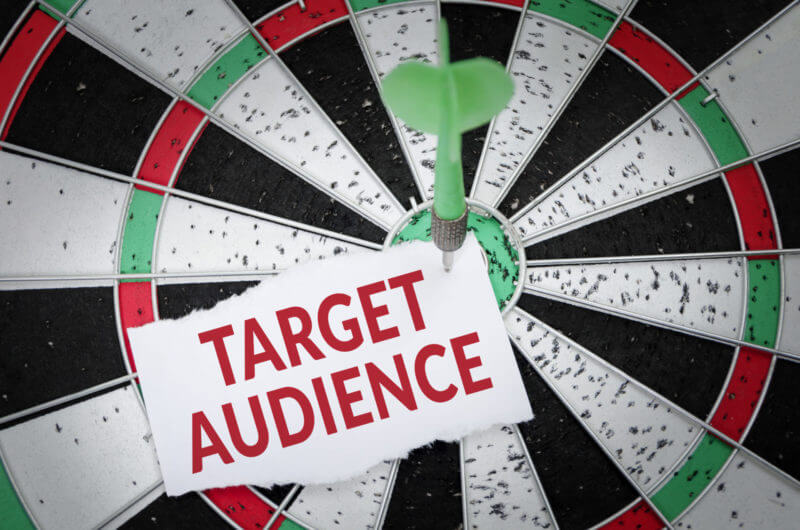
As search marketers, we are well aware of the power of audience targeting. We got a taste of it with remarketing, which blew away our conversion rates and left us scrambling to restructure campaigns.
For years, I've been chronicling the shift toward audiences in articles such as Searching for searchers and Developing your audience targeting strategy. Search marketers have long been preparing for a new era of search based on more targeting, more personalization and more intelligence, even though it's been unclear exactly when or how it would come.
If you're like most companies, you're already testing various messages to see how they resonate with different audiences. You've also probably already set up audience targeting. But for many marketers, one big question keeps cropping up: How can we raise the bar and deliver more laser-focused messages that grab consumer attention and drive results?
At eharmony, we were in the same boat. To find the answer, our Digital Marketing team partnered with our search technology provider, Marin Software. If I had to render a recipe for our "audience targeting love potion," it would include these elements:
Know your user's needs
We ran our Digital Marketing Stragety the same way for quite some time-delivering ads to a broad audience and hitting as many demographics as possible. This worked to an extent, but after a series of tests, we found that our potential customers have different wants and needs than we thought.
We knew we had to make a change. What transpired was a mindset shift, which resulted in adjusting our approach to search advertising campaigns and reworking our entire audience targeting program for better performance and results.
Thanks to machine learning, we've got a new level of mass personalization. That said, consumer survey results reveal that over "71% of consumers prefer ads targeted to their interests and shopping habits." It's important that we as marketers aim to meet this expectation. Google audience has helped eharmony tap into this area with strong results.
We found that the ability to match those wants with the language in our messages dramatically increased the effectiveness of our ad spend. In tests, we saw an ROI increase of 20-30% just by understanding and addressing consumers' concerns in our creative copy.
We also retarget customers using Google audiences based on attribution insights. Attribution lets us see exactly where the customer journey starts and ends. Then we're able to adjust our offers and messages depending on the audience. For instance, if we know a certain type of user starts their eharmony journey through a search for our brand, we retarget them on the most likely channels they'll hit next.
Attribution lets us see exactly where the customer journey starts and ends. Then we're able to adjust our offers and messages depending on the audience.
Meet those needs through targeting and retargeting
Testing our creative audience strategy has uncovered a few "aha" moments. What surprised us most were men in their 40s and 50s. They responded to our targeted messaging at a startlingly high rate. Prior to testing, we fell into a trap that affects a lot of marketers, either generalizing male consumer behavior or broadly targeting them as all being the same. However, as we've learned, middle-aged men have targeted needs too.
Without this more precise audience targeting and feedback loop, none of this would've been possible. It enabled us to move from the generic to the specific, which better serves our customers and dramatically improved the effectiveness of our advertising program.
One of our goals is to get people to our site, and another is having them engage in the sign-up process. We realize that signing up for a dating service takes guts. You have to put yourself out there in the hopes of meeting someone special. But oftentimes, making it through our sign-up steps takes more than one try.
We put a lot of thought into nudging users to complete their sign-up without being pushy or annoying. Nailing this was mission-critical because we know that someone who began a form has a much higher chance of completion if they're reminded and come back within seven days. This was another tactic in our strategy: remarketing them in a way that made it easy-and enticing-to finish sign-up.
With the right audience targeting, we reach consumers anywhere they are, with smartly aimed messaging that appeals to specific users and their current phase in the eharmony journey. It has worked wonders.
Keep the team timely and trained on the latest marketing innovations
This isn't rocket science, but it is data science. It's being clear about how to fulfill not only the customer's needs but the team's needs, too. Targeting according to how we're best personalizing the customer experience requires a specific skill set.
It's a process of learning how to identify what we don't know so that we can fill the gaps. What technical and data expertise does our team need to run these types of campaigns? How can we master the art of persuasive messaging to court a wide range of personality types? These are questions we're asking and acting on.
With targeting, we know dollars aren't being wasted. Bottom line: We're sharper and more focused.
The linchpin to our personalized advertising success-averaging 220% ROI-rests on highly reliable forecasts according to audience segment. With targeting, we know what to expect, and now we're more efficient at a large scale. We know dollars aren't being wasted on people who are potentially married or who just aren't within the dating mindset. Bottom line: we're sharper and more focused.
It takes time, the right tools, and collective strategic thinking, but this approach has proven to be a boon for our business. As advertisers, we have to constantly remind ourselves that we're serving people-in all of their complexity-and as a result we need to create custom-made campaigns that guarantee a love connection.
Demographic targeting
There are many ways search marketers have been targeting their audiences: through user behavior, demographics, interests, device and location, but what's been missing is an additional layer of demographic targetings, such as the company someone works for or their job title.
The newly announced Microsoft Audience Network, (MSAN) is pushing the boundaries of search forward as it modernizes traditional native advertising and enhances targeting capabilities to pull in the powerful data available from the Microsoft Graph, which includes LinkedIn data no one else has.
What does this mean for marketers? It's now easier than ever to reach specific user sets throughout their purchase journeys.
How easy?
Whereas search ads used keywords and are predominately text-based, audience ads are image- and feed-based.
Whereas keywords waited for your customers to search, audience ads use artificial intelligence to find and reach your specific targeted audiences.
Whereas keywords use algorithms, audience ads use AI and predictive analytics.
Thanks to audience ads, marketers now have access to more targeting ingredients for a perfect ad. Let’s take a look at those ingredients.
More native ads in Digital Marketing
The future of advertising is non-advertising!
How do you know if you've delivered the right message to the right person at the right time? When consumers don't even realize an ad is an ad. Today's advertisements should be designed to serve today's customers along their daily journeys, not interrupt them.
Salesforce research shows that by 2020, 51 percent of consumers expect that companies will anticipate their needs and make relevant suggestions before they make contact.
Recent research by Bing (my company) also found that native advertising will gain more and more popularity as search engines continue to grow into digital assistants. Based on our research, within two years, 54 percent of consumers will expect their digital assistant to make purchase recommendations. This number jumps to 85 percent within five years.
Here is an example of an audience ad for a fine arts school that showcases how an ad can be part of the landscape without even looking like an ad. The ad format allows for responsive, visually compelling images that adapt to the layout of whatever device they appear on.
More storytelling
Each and every one of your customers has a story. Audience ads give advertisers the opportunity to reach specific customers at various points throughout the purchase journey. How do your products fit into their stories? Focus less on the “what” (your products) and more on the “why.” Why do your customers want your product(s), and what is driving their behavior?
Bing research also found that consumers are open to sharing data. We found that consumers were least likely to share their home address and full name as compared to their gender, age, email address, or even purchase behavior/history, in exchange for getting free or personalized offers from companies.
Audience ads don't require users to share data, but they do invite you further into consumers’ lives. Consumers want you to become a part of their story, especially when you bring value. Today's marketers must now put on their storyteller hats as they design creative that speaks to individual customers in contextualized moments.
More visual content
Over the last decade, we've seen different forms of paid media become more visual in nature. Think about the evolution of paid search ads: They started with a title, two description lines and a uniform resource locator (URL).
Today, while the ads still contain a title and description, we've got additional features and extensions making them more visually compelling, including site links, product ads, image extensions, locations, reviews and ratings.
We've also seen visual image components added to ad formats, paid search product ads, paid social carousel ads, and even with dynamic remarketing ads in display. The shift to visual ads will continue with audience ads, so search marketers will need to continue to evolve their skill sets to think about how images and text can help them better connect with their target audiences and customers.
More intelligence
As artificial intelligence (AI) becomes more common across ad platforms, look for solutions that have the AI capabilities of machine learning and predictive analytics built into them.
For instance, the Microsoft Graph applies machine learning across a multitude of anonymous data signals from search and web activity, LinkedIn professional profiles and demographics to identify audiences to reach. The power of AI is officially at our fingertips, and brands should look for the growing number of native and audience targeting solutions that have intelligence integrated into them. Making the switch of targeting specific placements to targeting audiences.
More quality partners
Today's marketers know that high-quality partner sites are the cornerstone of successful ads. While many early display networks lacked in quality and visibility, today is very different. Marketers have many strong choices when rolling out an audience strategy. Over time, audience ads will continue to appear in new places and new forms, including digital out of the home, the latest social platforms, and maybe even mixed reality.
More efficiency overall
In our incredibly fast-paced world, efficiency is no longer a luxury but a necessity. We live in a time when consumers want to be targeted, heard, valued and reached in smarter ways with automatic reorders, customized offers, form auto-fills and walk-out payments.
While audience ads are certainly not the final format in search advertising, they represent a step in the right direction as we continue to strive for the perfect native, storytelling, intelligent, high-quality, efficient ad.
Best practices for targeting
Don't over-specify. Avoid making your strategy so specific that you end up with a reduced pool of potential customers. Piling a variety of schemes on top of each other is called hypertargeting, and is likely to hinder your campaign's performance by reducing your audience.
Target appropriately across media. Don't address your audience purely from one front; you may be reaching a different audience with your mobile and social strategy, and consumers interacting with your message through these channels may behave differently than they would through other channels.
Think strategically before tactically. You know your clients and their objectives. The objectives for targeting on a local scale are very different than targeting at a global scale, just as the objectives for a CPG advertiser with a short conversion cycle versus a longer term cycle.
Use past campaign analysis to revise your targeting strategy. It may sound obvious, but careful tracking of pacing and performance across past campaigns will tell you how well your message resonates with your target audience. If your message is underperforming, it may be the creative - or it may be that the audience you have set doesn't mesh with a particular medium, or perhaps you've defined your target audience too narrowly.
Frequency cap. Bombarding your audience over and over tends to lead to decreased engagement with an ad, and at worst, overexposure can lead to a negative association with your brand. Industry best practices place the frequency cap at 3.
A/B test. This is best practice for all types of advertising, and will help you better measure your campaign's success and plan for future retargeting campaigns.
Burn pixel. Just as consumers don't want to see the same retargeted ad 50 times, they don't want to continue seeing ads after they have converted, such as making a purchase. An easy solution is to use a burn pixel, which untags viewers as recipients of your ad once they have made a purchase.
If you require the assistance of Digital Marketing Experts here at moPharma digital Solutions as a Best Digital Marketing Agency in Mumbai., be sure to get in touch with us. We'd love to show you more ways on how we can boost your brand, visibility and business online.
Learn Digital Marketing Courses
By now, I believe, that you have a fair idea why Digital Marketing is important for pharma sector. Some pharma companies have not yet fully embraced the digital revolution and changing times, while others have. Well, you should understand that it doesn’t matter to the patients out there, the patients are increasingly expecting, and rightly so, and demanding the pharma and healthcare industry to engage themselves and provide end-to-end services.
The pharma companies that are aligned to changing times, and are using digital mediums, are also the ones reaping the benefits. Big prizes are waiting for those who can cut through all the digital noise and come-up with sustained competitive advantage using digital mediums. The others will also align soon or go out of business.
There are different ways to learn digital marketing. You can teach yourself using online material and tutorials, or you can Learn Digital Marketing from a Reputed Training Institute. These training institutes have highly experienced professionals and provide you focused and personalized training with lot of live assignments, and also provide you guidance for your placements. There are digital marketing courses specialized specifically for pharma sector.
So, go ahead, learn Digital Marketing and shine on!
Remember...
-Pharma must be in the conversation so to know how to develop better drugs.
-Digital marketing offers many ways to communicate with customers (HCPs and patients).
-Pharma must offer great content that interests customers and helps them do their jobs better. This type of content is easier to approve, less risky and leads to better long-term customer loyalty.
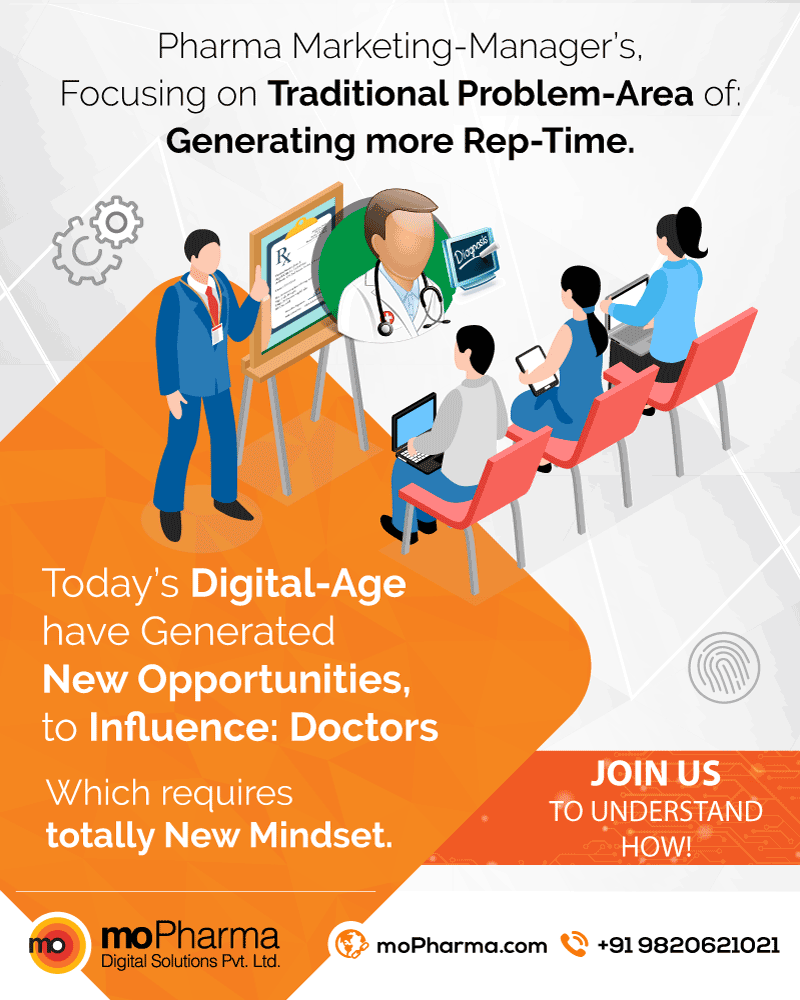
Digital Marketing Corporate Training
Corporate training has evolved rapidly in recent years. It is one of the most significant parts of its growth and long-term investment strategies. It helps to improve employees performance, moral and skills by concentrating on professional development. Corporate Training is the key to ensure development in all the spheres; so that the employees can aspire in this competetive world and bring success on their behalf. Through Corporate Training highest productivity can be achieved when the individual goals are integrated with the organisational goals.
The scope of digital marketing is growing day-by-day. Companies are also focusing on digital marketing. Providing a Corporate Training on digital marketing will help the emlpoyees to boost up their productivity in the organization. It does not restrict you to one specific job profile. Getting a digital marketing training in an organization will help you to get better salary as this is the most fascinating advantage of digital marketing. It will help in making suitable modification whenever necessary. Training in digital marketing helps in creating better understanding of the companies and the employees are able to achieve their professional goals.
Please Share.. if you Like
Digital Marketing: Corporate Training Ajit: +91 9820621021 moPharma Leading Digital Marketing Agency for Pharma SEO, SEM, SMO, SMM, eMail Marketing, etc. Esteem Happy Clients:
Hindusatan Unilever, Abbott, MSD, AZ, Lupin, GSK, Lodha, Mumbai Police, Siemens and many more...

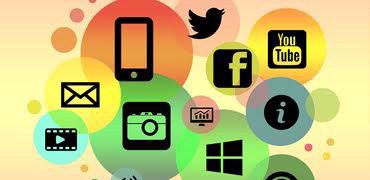

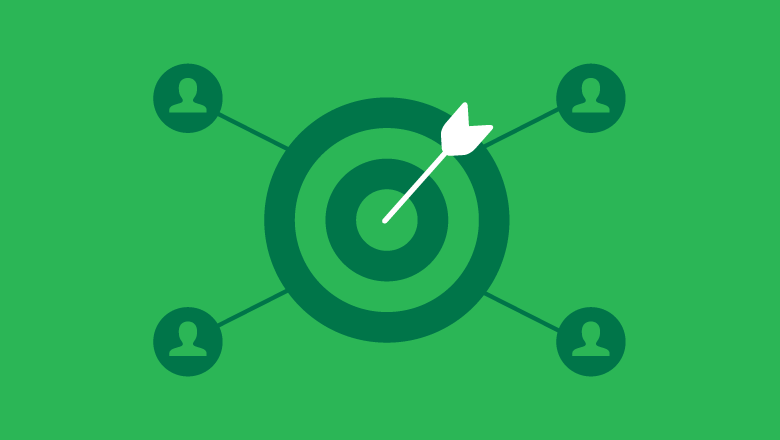
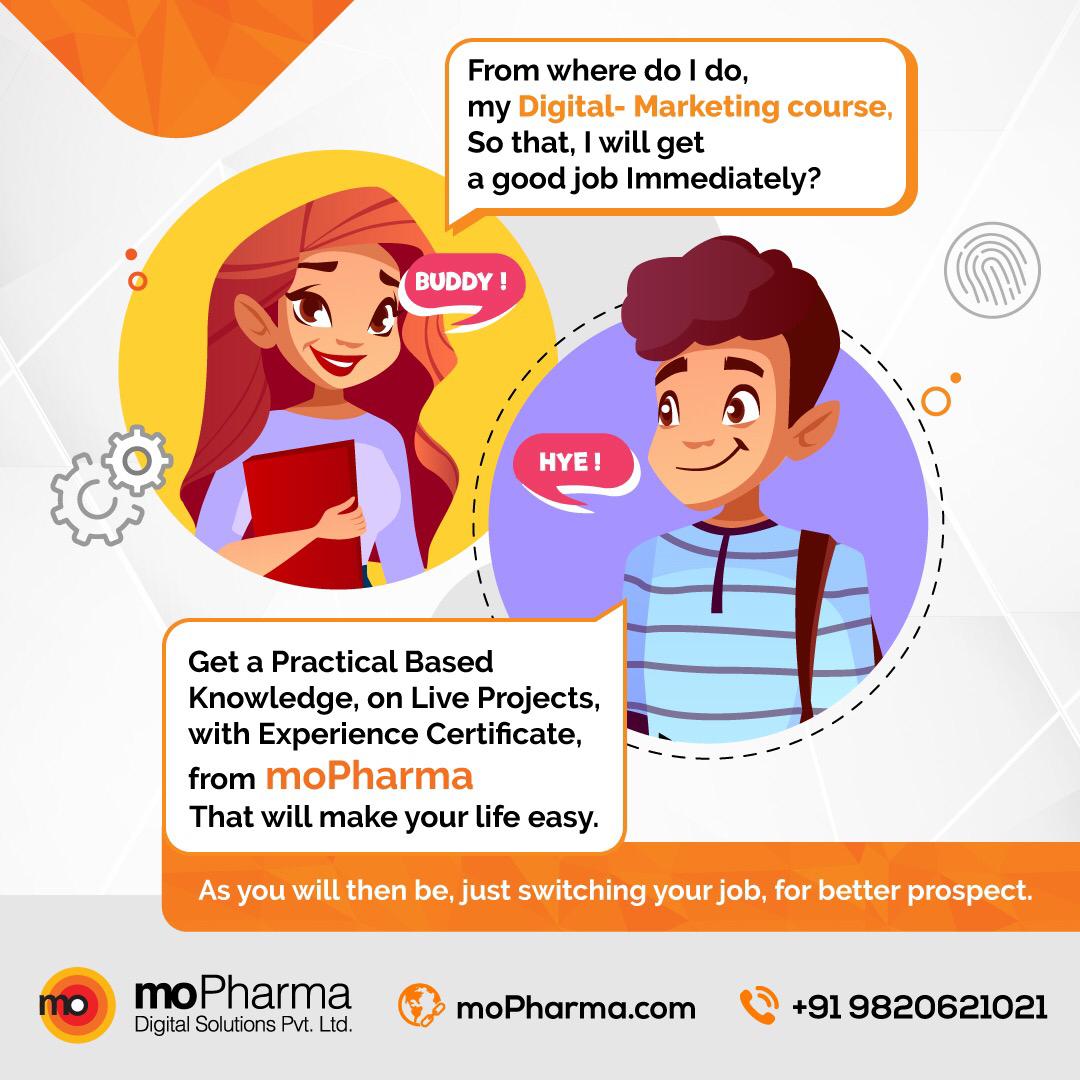
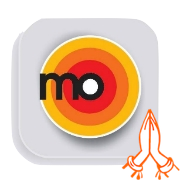

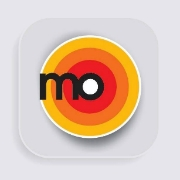
Discuss about post